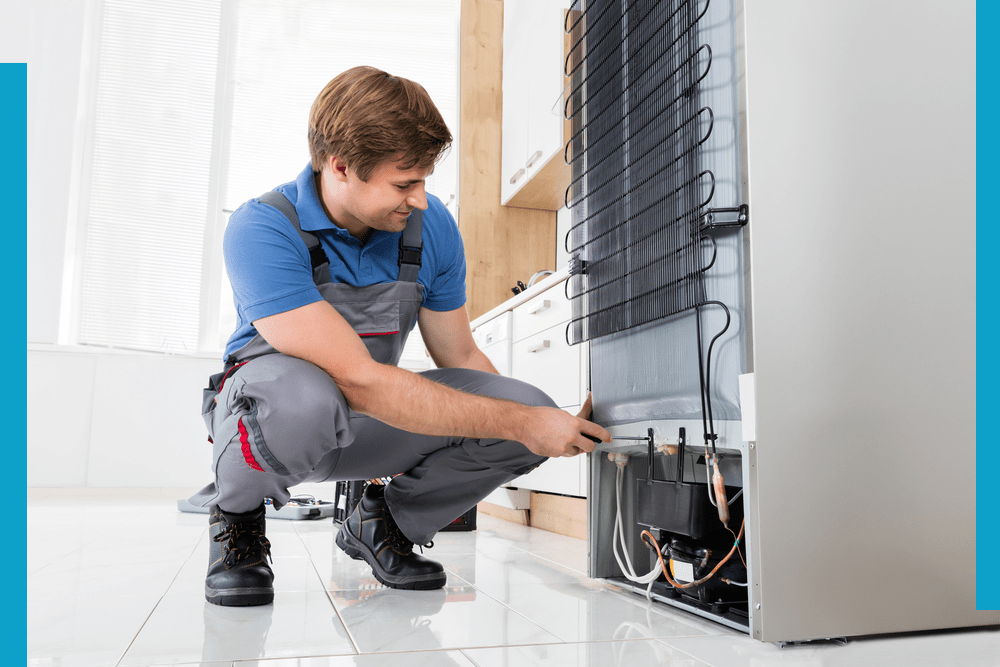- It doesn’t run
- It doesn’t cool
- Too cold (freezing food)
- It makes excessive noise
- Water leaking inside it
- Ice maker not functioning or producing ice cubes
- Water dispenser doesn’t work
- Ice dispenser doesn’t work
- It doesn’t defrost
- Defrost drain problems
- Freezer is cold but refrigerator is warm
- Ice maker overflows
- Light doesn’t work
If you will need a professional help from one of our technicians, please give us a call at (404)903-1453 or fill out our 24/7 appointment form


